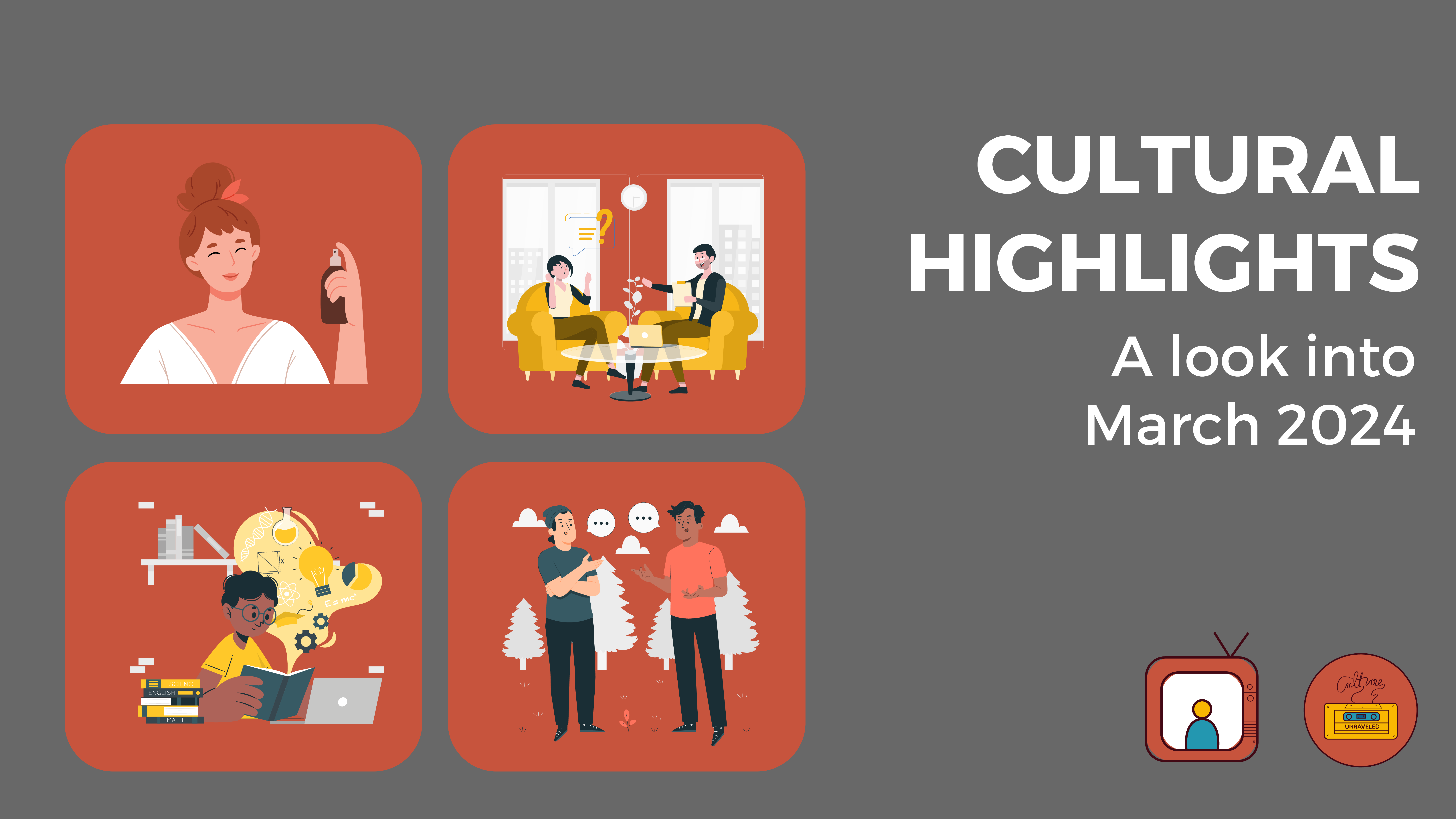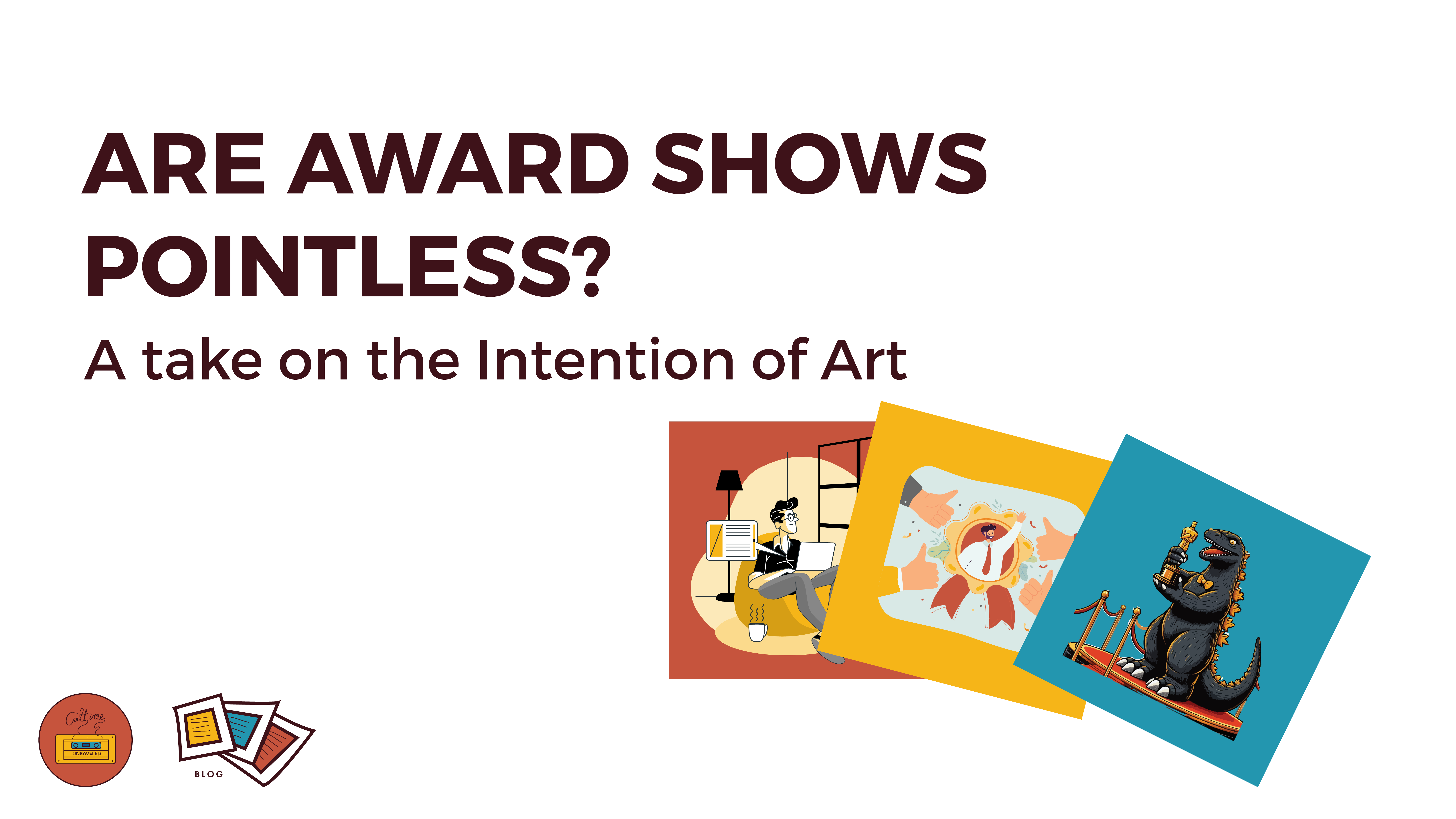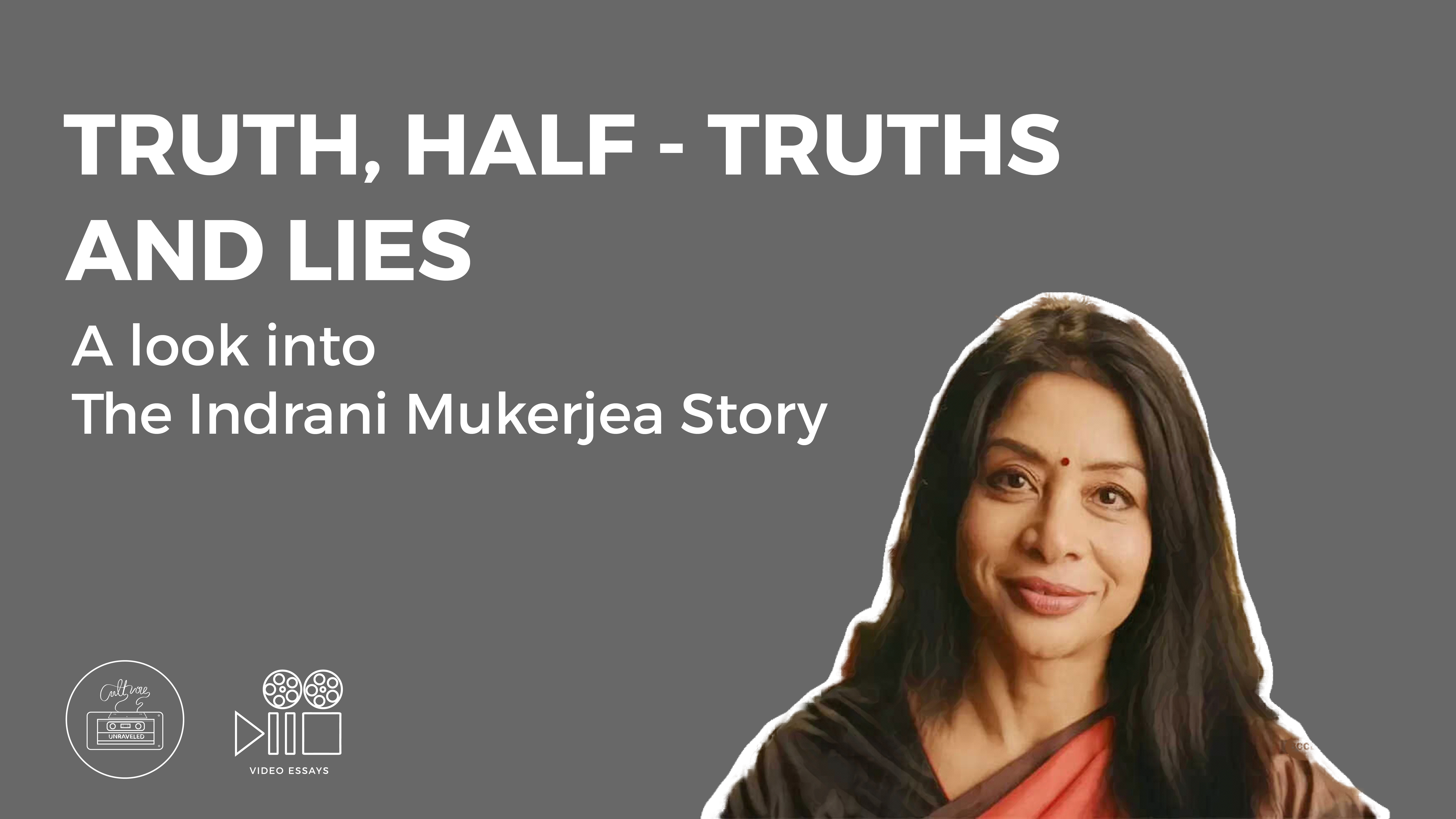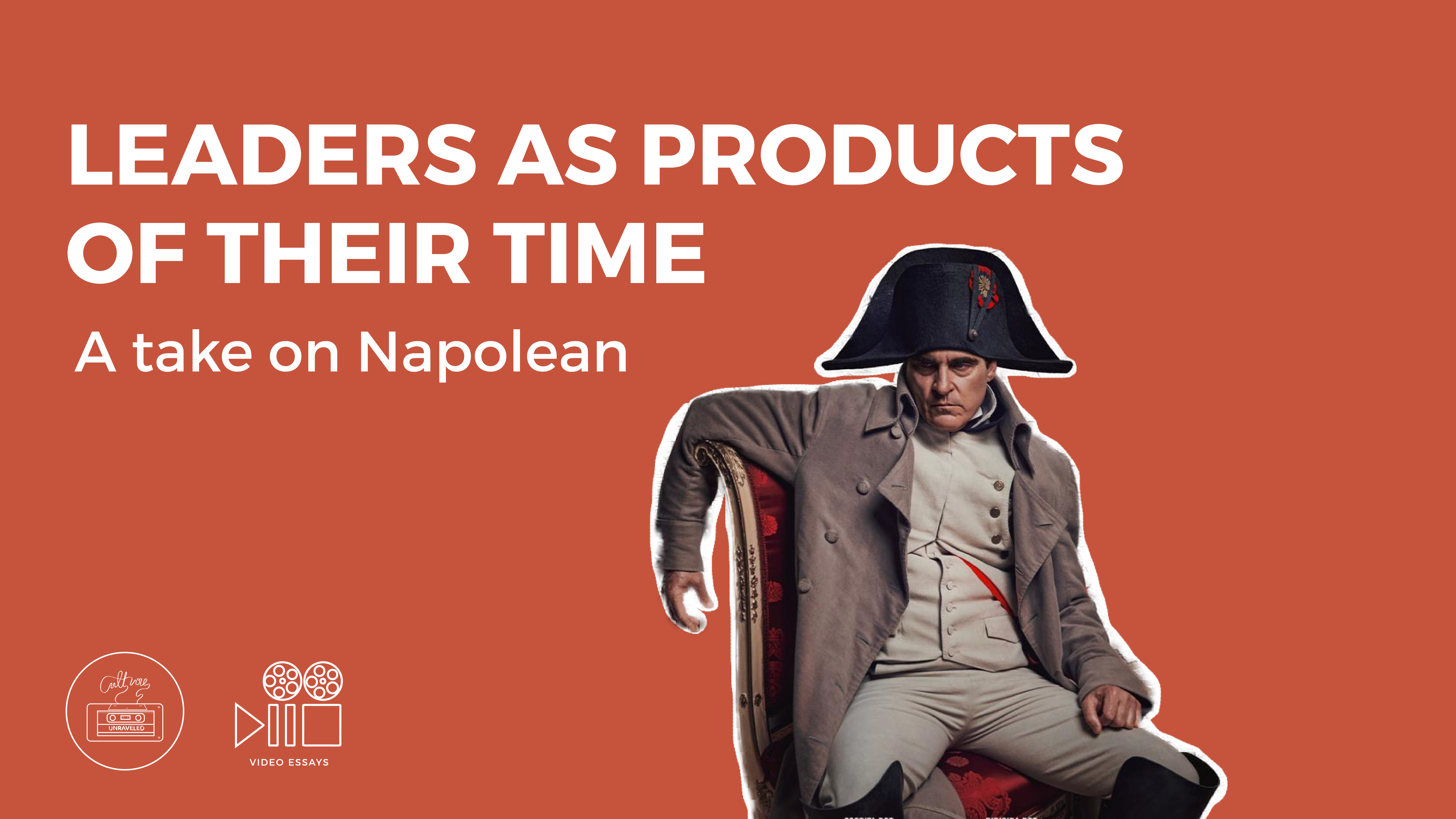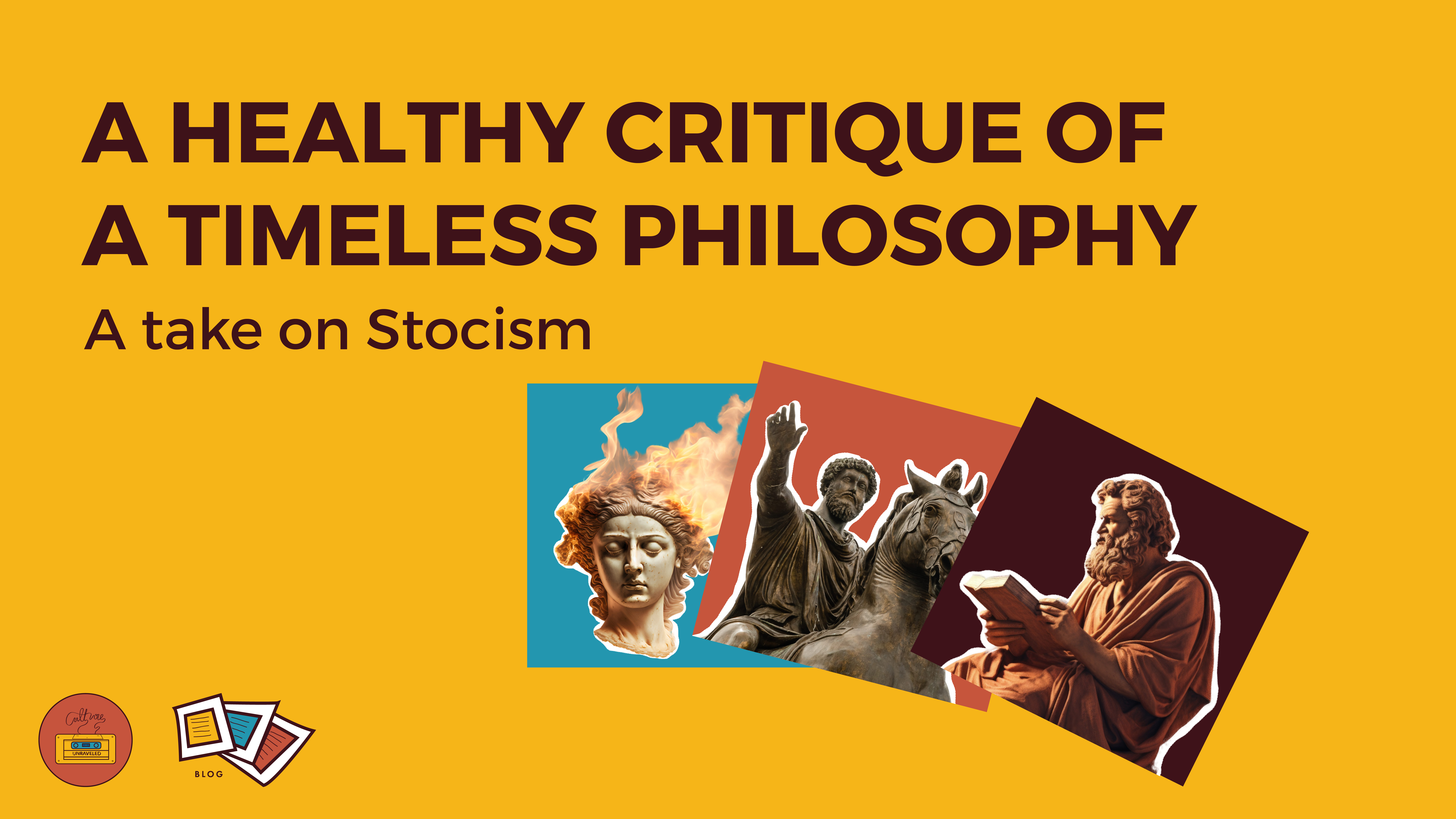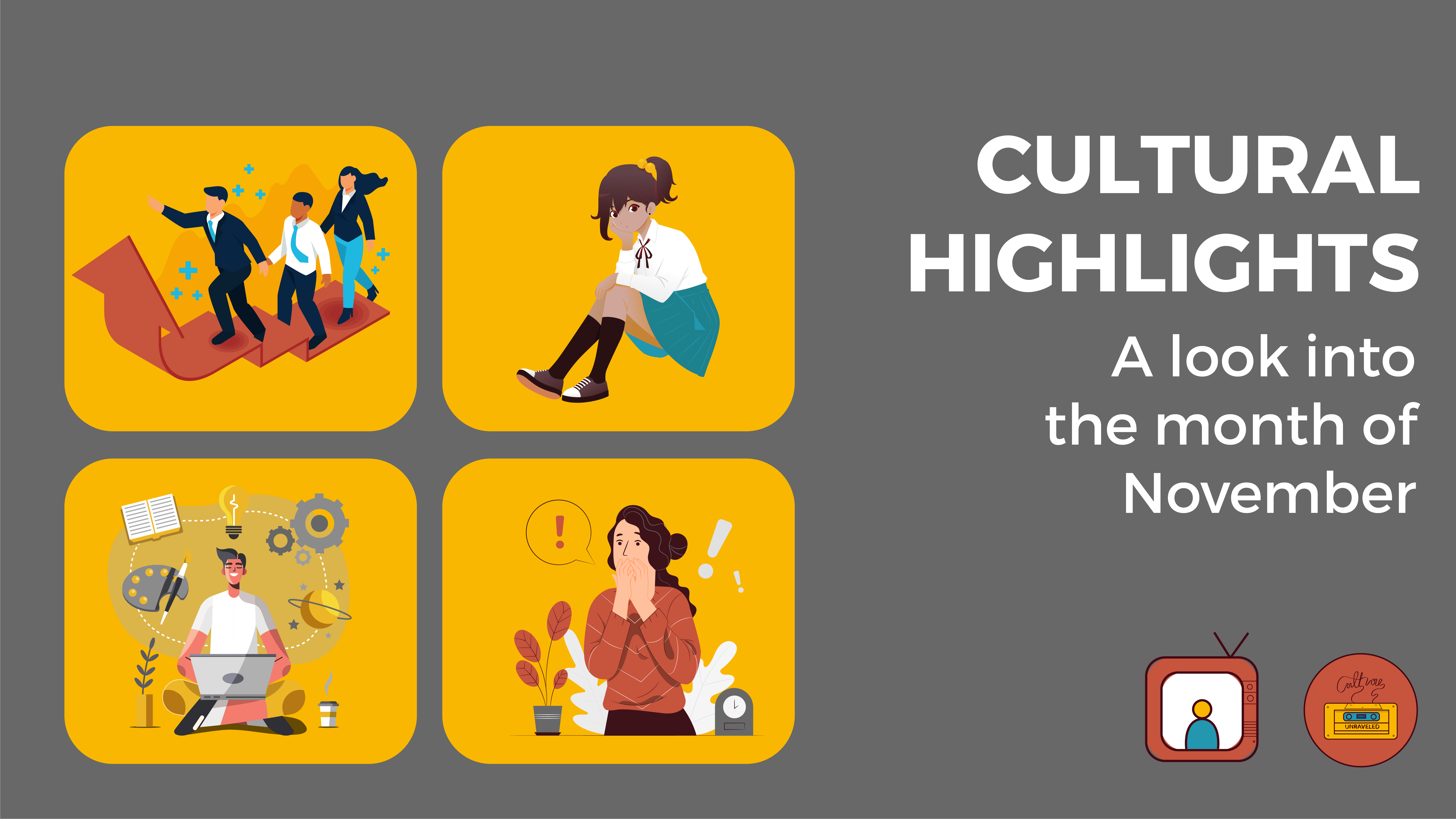
- Sam Altman’s Return: Navigating the Tightrope of Leadership and Promise
Sam Altman, the founder and CEO of OpenAI, was recently fired from the company by its board of directors. Before there was complete information about why the board fired him, they reinstated him as the company’s CEO. Following his return to his leadership position, one of the reasons for his firing was that he failed to properly communicate the risks involved in the technology his company introduced to the world. Yet, due to the support Altman had from his employees and the company’s chief investors, the board had to bring him back as the leader of their company.
The company’s former board members were Ilya Sutskever, their chief scientist; Adam D’Angelo, the CEO of Quora; Tasha McCauley, a technology entrepreneur; and Helen Toner, who worked for the Georgetown Center for Security and Emerging Technology. After Altman’s reinstatement, the company removed everyone except D’Angelo from its board of directors. The main concern of these board members who criticized Altman’s failure to communicate the risks involved with generative AI was Altman’s misplaced priorities. While he focused on funding the company to accelerate the development of generative AI, the company’s previous board members were concerned with mitigating the potential threats associated with AI.
Divergent opinions about what ought to be prioritized led to the board needing more confidence in Altman’s leadership abilities. Although Altman openly expresses his optimism about the potential benefits that generative AI could offer humanity, the board also expected him to openly communicate the risks involved in this new form of technology. While he may be right about how AI could revolutionize medical technology, education, or even the global economy, as a good leader, they wanted him to communicate the risks associated with such a revolution adequately. And with his return as the company’s CEO, the world waits for him to rebuild trust as a leader and pioneer of a new technology.
These events draw our attention to the idea that a good leader not only points his followers toward progress but also prepares them to face the risks involved in attaining such progress. As a tech company leader that promises such progress and as a pioneer of new technology, Altman must take responsibility for educating its users on its nature and functionality. As generative AI has innate emerging capacities and the potential to grow exponentially in its capacities, the company must place checks and balances in deploying and using this technology.
Moreover, as a leader of a revolutionary form of technology, Altman must ensure that he is promising the world only what he can offer. When his critics question him about the risks that AI could pose to our globe, they ask him less about what AI could provide in terms of progress and more about how it could revolutionize the future of humanity. Concerning this, his critics fear that AI could pose a risk to humanity’s existence, thereby leaving the responsibility to Altman to clearly define the purpose and goal of investing in this technology. While Altman claims that the benefits of AI will outweigh the risks involved, it suggests that Altman is promising more than mere progress. He is promising hope for humanity’s future, given the claim that AI has the potential to revolutionize everything related to human flourishing. Such a promise is undoubtedly well beyond his capacity to keep it.
So, while Altman is undoubtedly a competent leader, he must communicate AI’s limitations in benefitting humanity and responsibly steward the deployment and use of this technology. Altman’s commitment to promising a revolutionary future through AI demands a delicate balance. While optimism about the benefits is warranted, acknowledging and communicating the technology’s limitations is equally vital. Altman must navigate the fine line between promising progress and responsibly stewarding the deployment of AI, recognizing that he holds the key to shaping this groundbreaking technology’s ethical and responsible future. In doing so, he solidifies his role as a leader who drives innovation and safeguards humanity’s well-being in the era of artificial intelligence.
- Japanese Art and Moral Ambiguity: A Look into the Anime Phenomenon
Anime, a famous Japanese art form, is globally popular among people of all ages. It owes its popularity to its unique storytelling, aesthetically pleasing visuals, and deeply relatable characters. One example of a popular anime is ‘One Piece,’ in which the main character, Luffy, navigates a world with morally ambiguous characters, the realities of a broken world, and a longing for a better one. It gives its viewers an immersive experience, almost a spiritual one, by inviting them to consider specific ‘ways of life’ through its characters, settings, and plotlines.
While this art form offers a look into the complexities of human life, our moral choices, and our existence in a world filled with brokenness and suffering, it does not override the significance of the biblical narrative for life and spirituality. Yet, due to its high appeal, it is essential to consider how we enjoy this art form with openness and discernment.
In ‘One Piece,’ we see the story of a young lad whose sole aim is to become King of the Pirates. As he journeys toward this goal, he often faces the complex task of choosing his friends wisely. He often encounters characters who support his dream but who are also morally ambiguous. Moreover, he often faces difficulty recognizing his morally compromised friends among enemy characters. Yet despite his friends’ moral ambiguity, he keeps them close due to their affection and loyalty to him concerning his life’s purpose. This dynamic reflects the real-world struggle of discerning right from wrong, adding depth to the characters and the narrative.
In this way, anime characters are relatable and possess eccentricities, making them familiar and unique. They often find themselves in morally complex situations, mirroring humans’ intricate choices. Moreover, the aesthetic appeal of anime, combined with its exploration of controversial topics, transports viewers to a captivating yet relatable world. This immersive experience invites viewers into a spiritual journey, offering them a glimpse into different ways of life.
While it’s crucial to approach particular anime with caution, this art form provides a deep dive into the complexities of human behavior and moral development. Anime serves as a platform for reflection on significant themes such as the ambiguity of moral choices, the harsh realities of a broken world, and the universal human longing for a better future. While it doesn’t replace the biblical narrative, anime offers a unique story world that stimulates the imagination and prompts contemplation on biblically significant themes.
- Creativity and Productivity at Work
Does creativity fuel or stifle productivity? God innately designed us to be creative, yet the sheer amount of work that “needs to be done” often robs us of the time and space to indulge our imaginations to create. Because of this supposed dichotomy, we consciously drive a wedge between what we consider productive work and what we consider creative. When we try to be effective at work, it almost seems we need to stifle our creative imaginations. But what if creativity fuels our efforts to be productive at work?
Numerous online blogs and articles suggest that we employ a distinct set of capacities when we try to be productive and when we try to be creative. To be effective at work, we approach it with a frame of mind that requires focus, time restraints, and effort. On the other hand, creativity needs unfocus, freedom from time constraints, and ease of mind. While productive work happens best when we reach our goals through consistent effort in the least amount of time, creative work happens most when there is freedom and time to develop new ideas that can enhance the overall quality of our lives.
While the two kinds of work require distinct mindsets and happen under specific circumstances, creative work often fuels productive work. For instance, effortful work can become tedious and weary by keeping people in a routine. However, since creative work enables people to unleash stress, we must let our creative imaginations shape our daily tasks. As a practical step, taking time to unfocus, letting our minds wander, or even doing nothing can fuel our creativity and refresh our minds, leading to productive work.
Moreover, creative thinking has the remarkable ability to unearth innovative solutions to challenges that routine, methodical approaches might overlook. When faced with a complex problem, infusing creativity into the process can lead to breakthroughs and novel ideas that enhance efficiency and effectiveness. Consider a scenario where a team grapples with a persistent issue that traditional methods fail to resolve. Introducing a creative brainstorming session or encouraging team members to explore unconventional approaches can yield unexpected insights. Creative problem-solving breaks the monotony and presents a dynamic element that transforms challenges into opportunities for growth and improvement.
In letting our creativity fuel our productivity, we also reflect our Creator, who has given us the potential to innovate and contribute to human flourishing and the call to sustain and care for His creation. As we embrace creativity in our pursuit of productivity, we unlock the possibilities for effective work. Therefore, recognizing that creativity, far from stifling productivity, is interconnected with it can be a potent catalyst that propels our work efforts to new heights.






